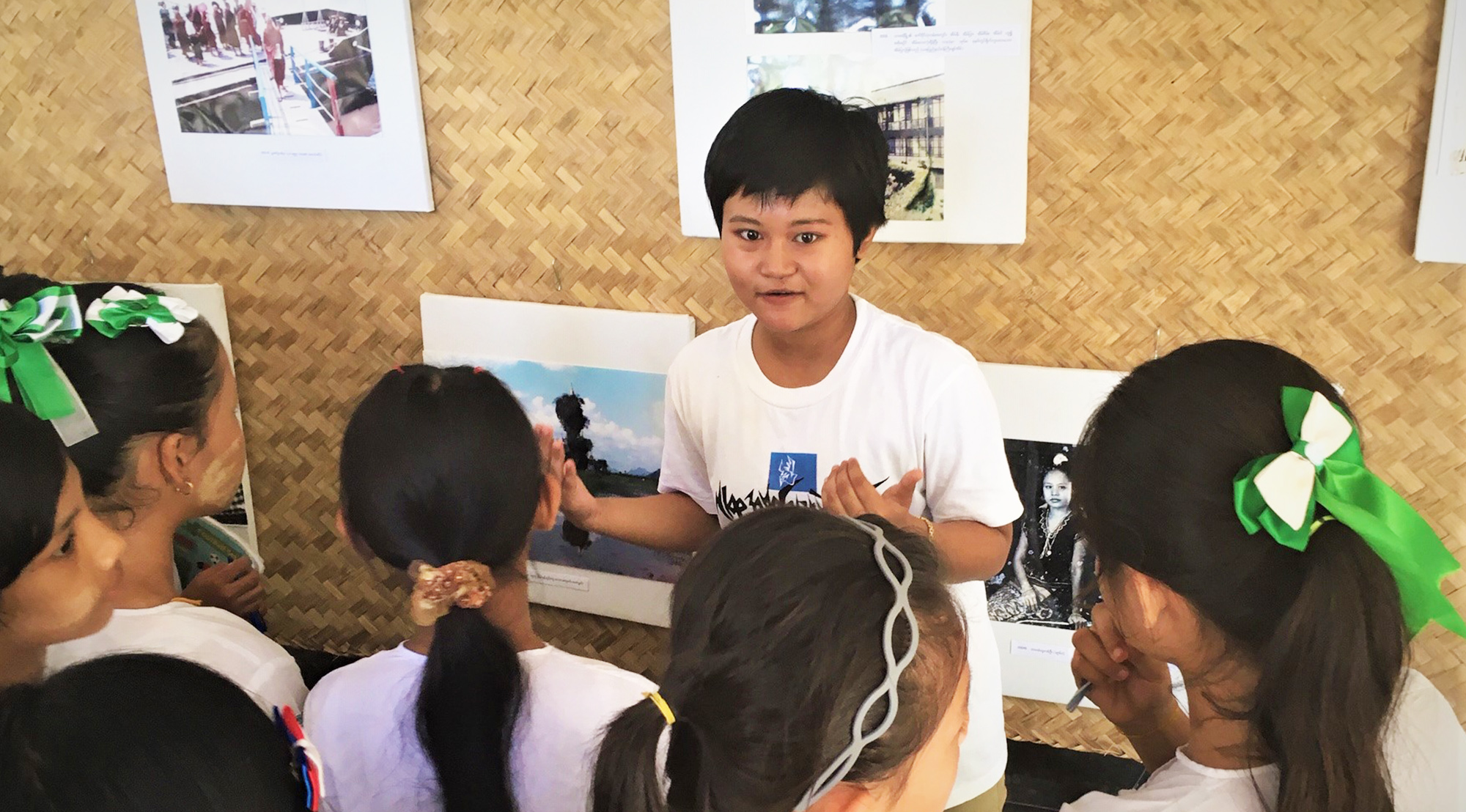Myanmar is one of the most ethnically diverse countries in the world. Since independence, the country has experienced a complex set of conflicts that represent a significant challenge on the way towards peace, development and democracy. Political space is still very limited and mistrust is widespread. In their ‘Open History – Arts for Peace‘ project, HELVETAS Myanmar and the local partner organization Pansodan are therefore creating space for dialogue to strengthen identities and promote peaceful coexistence.
“Trust,” the Burmese artist Aung Soe Min begins to explain “is something that we haven’t seen in Myanmar for a very long time. However, there is nothing more powerful than trust – nothing that contributes more to harmony, togetherness and peace.” Without trust, each family and friendship, each company and country, can fall apart.
According to the People’s Alliance for Credible Elections (PACE), trust is scientifically difficult to define, yet it is nevertheless woven into our entire social structure. It allows individuals to become stronger than they would be on their own; it brings people together and helps them to feel empathy. It is hard to reestablish something that has been missing for so many decades. According to a representative study conducted by PACE in 2018, 77% of citizens in Myanmar do not trust each other. At times, this is determined significantly by ethnicity and religion; building trust takes time. The Open History – Arts for Peace project focuses specifically on (re)building this trust and on people getting to know the ‘other’ better. The project builds on an idea from the Yangon-based artist and founder of the Pansodan Gallery.
Discovering history together
The joint three-year project is creating room for dialogue to strengthen identities, exchange different views and therefore promote peaceful coexistence. At the heart of this project are so-called Open History exhibitions in eight different regions of the country in which women, men and young people from different ethnic and social backgrounds can share their stories with each other.
In order to listen to the stories and collect photos for the exhibitions, Aung Soe Min and two other artists travel to the project regions to get in touch with the people. Aung Soe Min explains: “Sometimes the people are surprised when we ask them about their history and for old photos. They ask us why we are interested in them as ordinary citizens and say that their lives were not spectacular at all. But this is exactly what we want: Before, only the history of kings and generals has been written down, but never those of the people. What interests us is the history of the ordinary people and how they perceived the past.”
Living in diversity – shaping solidarity
The stories and photos are collected for the upcoming exhibitions. In addition, photo and video competitions are launched to bring generations closer together. Young people get in contact with the elderly and encourage them to tell them stories from the past. The photos and videos collected are then presented to the wider public as part of the Open History exhibitions.
Around a month before each Open History exhibition, a cultural event is organized in the participating villages to explain the idea to the public and to establish trust. During these one-day events, residents are invited to contribute something to a specific topic: this could be a competition among fashion designers to promote traditional clothing for everyday use or a fashion show as part of a thanaka festival. Thanaka is a natural make-up and sunscreen taken from the bark of the thanaka tree; it is considered as a connecting element of all people of Myanmar. People from different backgrounds therefore come together and experience their diversity in a stimulating environment. What would be considered normal in Europe is unique in Myanmar: there have hardly been any events like this before.
Around a month after the introductory cultural event, a four-day Open History event takes place in which the collected photographs, stories and videos are exhibited. In order to avoid misunderstandings, particular care is taken to ensure that a caption is added to each photo. Furthermore, materials which Helvetas and Pansodan have received from the public are examined regarding the messages they contain: only peace-building messages shall be conveyed. Three Open History exhibitions have been carried out so far and the feedback from visitors was overwhelmingly positive. Aung Soe Min says with a smile: “It is so beautiful to see how committed people are to tell their stories from the past to other visitors in an artistic way. And it makes me especially happy that other communities, which are not in the target region of our project, imitate our project activities and collect photos and stories themselves to show them to the neighborhood.”
Thoughts are free – art as a peacebuilding tool
Throughout the project, Arts for Peace is used as an approach to build trust and contribute to sustainable peace. In conflict contexts, art can help to promote peace in a variety of ways. It strengthens the resilience of people living in conflict areas and encourages them to persist even in difficult situations, for example, through finding new ways of employment, through nurturing important cultural identities which support them, or serving as an outlet for expressing their suffering and using this outlet instead of meeting violence with counter-violence. Likewise, art offers people platforms to express their opinion and share their views with one another. These platforms promote the dialogue between different identity and interest groups, contributing to a pluralistic culture and peaceful coexistence. Art also contributes to social change and conflict transformation by encouraging people to change their perspectives, gain a deeper understanding of a situation or reflect on things differently, for example when dealing with their past or with respect to an ongoing conflict. In collaboration with the media, art can also increase public awareness and therefore contribute to transformative processes. The way art achieves all of this is very particular: it can be obvious or subtle, often speaking to people on an emotional level rather than an intellectual one and is therefore more accessible to a wider audience. Therefore, art can contribute to reflection and understanding, as well as addressing issues, in situations where it is difficult to speak about a conflict.
In the context of Myanmar, the element of subtlety is particularly important. This is because in a situation where freedom of speech is restricted, it is necessary to find conflict-sensitive, easily accessible means of motivating the population to talk and reflect. Helvetas and Pansodan have a shared dream of Open History exhibitions taking place across the entire country and that one day, selections from the exhibitions can be displayed at a side event of the peace negotiations, which will hopefully be soon reactivated. Thus, the exhibitions could be used in a creative way to directly motivate the parties involved in the conflict to change their perspectives.
Sharing experiences with one another – the ‘virtual museum’
The Open History exhibitions are held every six months in different locations across Myanmar. The project plans to make the exhibited photos, videos and collected stories available to the public in a ‘virtual museum’ (a website), so that everyone can learn from each other. By listening to each other and telling each other stories, the participants contribute to a peaceful future for Myanmar.
During 2019, the project is financed by own funds and by the Institut für Auslandsbeziehungen (ifa) on behalf of the Federal Republic of Germany’s Foreign Office.


